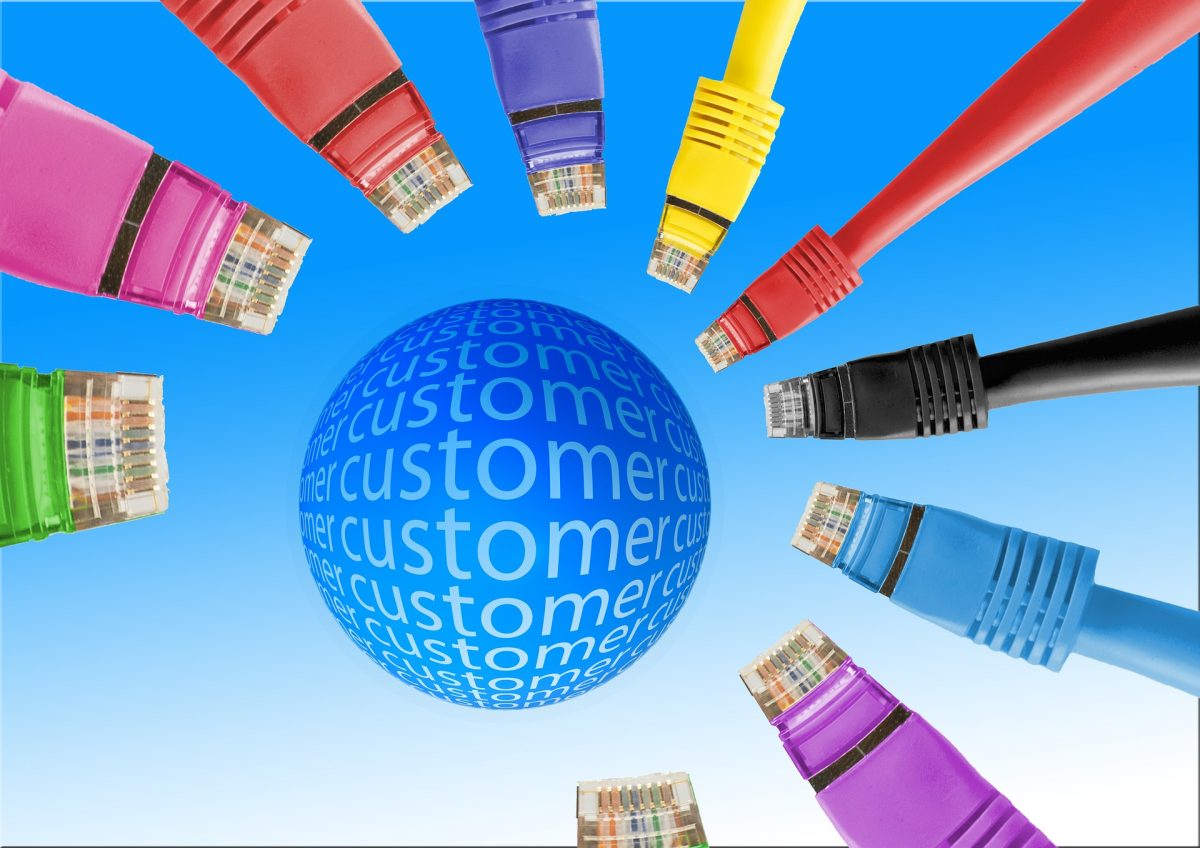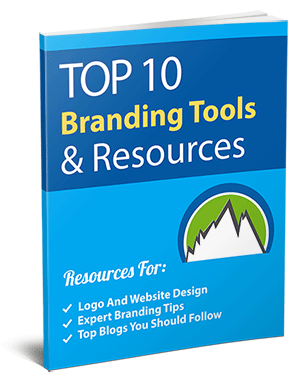
Building Trust Through Branding: A Guide for Plumbing Professionals
In a competitive field like plumbing, trust is everything. Customers want to feel confident that the person fixing their pipes or installing their hot water system is not only competent but also dependable. Building a strong brand as a plumbing professional is essential to establishing this trust. Branding goes beyond a catchy name or a sleek logo; it’s about creating a reputation that customers can rely on. Here’s how you can build trust through branding.
Show Up Consistently
The foundation of any great brand is consistency. For plumbers, this entails more than just being punctual; it also entails giving clients a seamless experience at each point of contact. Everything should be consistent with the identity of your brand, from the style of your uniforms and logo to the way you answer calls and emails. If your business advertises that you provide emergency services around-the-clock, make sure that you are actually available when someone calls. Customers can be reluctant to contact you again if you are inconsistent, which can damage your reputation. It’s important to pay attention to even the smallest aspects, such as your on-site appearance and communication style.
Make Customer Service a Core Value
Any plumbing business should be built around providing excellent customer service. It goes beyond simply patching a leaky pipe to include making your clients’ experience as easy and enjoyable as possible. Make sure your clients understand the work being done, come at projects with a courteous attitude, and answer questions promptly. Personalized communication or follow-ups can make a normal service call become a long-term connection with the customer. It is important for customers to feel heard and appreciated, and demonstrating real concern in your contacts can result in favorable word-of-mouth referrals. Providing exceptional customer service has a direct impact on your company, fostering trust and generating devoted customers who know they can rely on you for all of their future requirements.
Become the Go-To for Something
Specializing in key services can significantly elevate your plumbing brand. Many customers seek out local experts and search for a plumber in Sydney, for instance, especially when dealing with complex repairs or installations. Positioning yourself as the local authority in hot water systems helps set your brand apart from general plumbing services. Ensure that you’re always up to date with the latest hot water system technologies and trends, offering solutions tailored to different types of homes and businesses. For instance, collaborating with trusted partners ensures that your clients receive top-notch service, whether it’s for installations, maintenance, or repairs. When customers recognize your expertise in hot water systems, they’ll feel confident in trusting your brand with their essential home needs.
Share Authentic Testimonials and Reviews
In the current digital era, clients frequently consult internet evaluations before selecting a service provider. By displaying sincere endorsements and recommendations from contented customers, plumbers can get credibility. Encourage all of your customers to provide comments on social media, Google, or your website. Genuineness is essential; prospective customers want to witness real-life experiences, so avoid editing evaluations to make them seem overly staged. Emphasizing sincere client satisfaction in written reviews or even brief videos can provide a strong sense of credibility for your company. Request that satisfied customers post a review of your service online. In addition to drawing in new customers, positive evaluations reinforce your brand’s dedication to providing high-quality products and services, which may encourage repeat business.
Offer Transparent Pricing and Guarantees
Customers value honesty, especially when it comes to pricing and guarantees. Plumbing jobs can often be unpredictable, but being upfront about costs and offering clear explanations builds trust from the start. Make sure your pricing structure is transparent—no hidden fees or unexpected costs at the end of the job. Offering guarantees on your work further reassures customers that they’re making a safe investment by hiring you. These guarantees can cover the quality of labor, parts, or even warranties on specific systems. If issues arise after the work is completed, standing by your word shows that your brand values long-term relationships over short-term profits. Transparency and guarantees create a sense of security, which helps customers choose your services over competitors.
Building trust through branding as a plumbing professional is about creating a reliable and consistent experience for your customers. It’s about more than fixing pipes—it’s about showing up, being transparent, and offering expertise that sets you apart. By focusing on these key branding strategies, plumbing professionals can create a strong foundation for long-term success. Remember, a trustworthy brand isn’t just something you create—it’s something you live every day in your interactions with customers.












